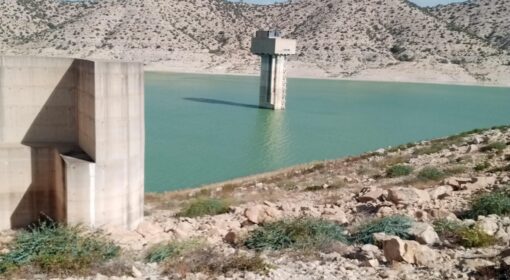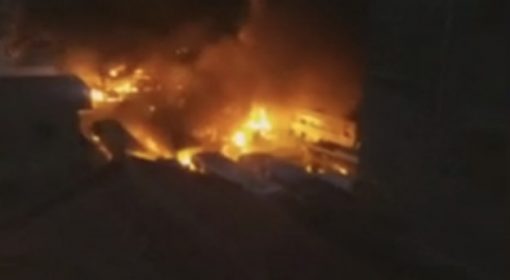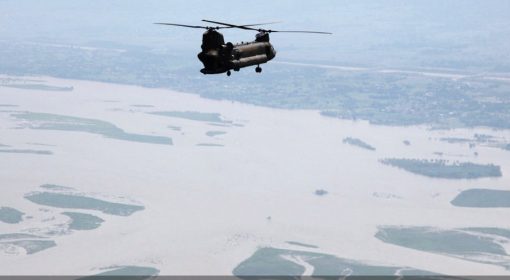posted by Rozemarijn ter Hoorst
October 29, 2012
Groundwater in the West Bank is much more than just H20. It is more than a resource used for drinking, bathing, and washing. Water in the West Bank has become a political commodity for a substantial part, governed at the highest political levels.
Israelis and Palestinians become more divided every year by the construction of the separation wall (also known as division barrier, security-fence) and the countless checkpoints. It is not only these physical barriers that separate both peoples. Namely, the division of the West Bank into Area A (under Palestinian control), B (shared control), and C (Israeli control) renders the work of water engineers and planners difficult; all water projects need permission of the Joint Water Committee and an additional permit granted by the Israeli Civil Administration (with 13 departments) in case the project runs through Area C.
Water use is divided as well. The Palestinian Territory and Israel share two aquifers. The water use from these aquifers was meticulously divided during the peace negotiations that resulted into the Oslo Accords (1993 and 1995). These agreements were supposed to lead to the final status negotiations within three years, yet were never fully initiated. The unequal power relations between Israel and Palestine are transferred into the functioning of the Palestinian water sector: i.e., the rehabilitation of wells, the drilling of new ones, and the change from diesel to electric pumping all need to be discussed and agreed upon by both Palestinians and Israelis. Obtaining the right permit can take many years.
Invisible and visible walls cut Palestinians from their land and water. As one Palestinian put it: ‘We have to get our own water from the top – meaning the highest political level – before we can use it locally’.




